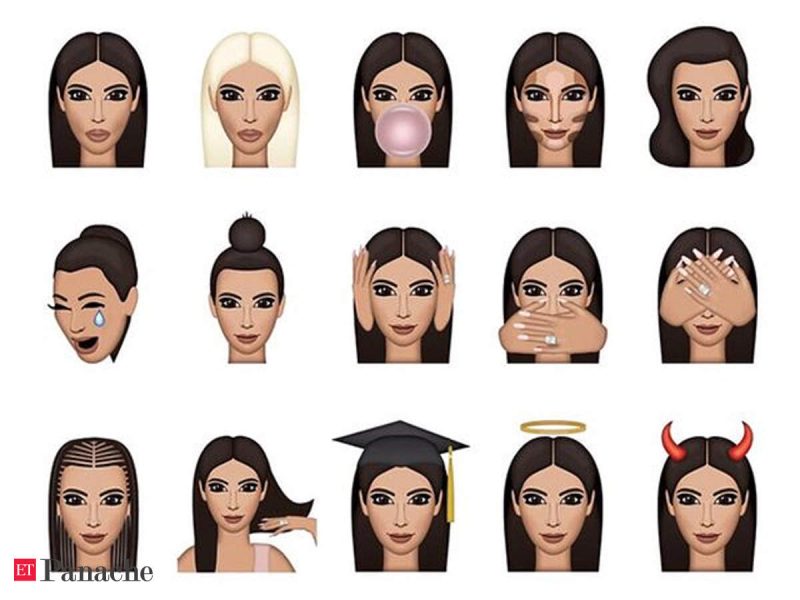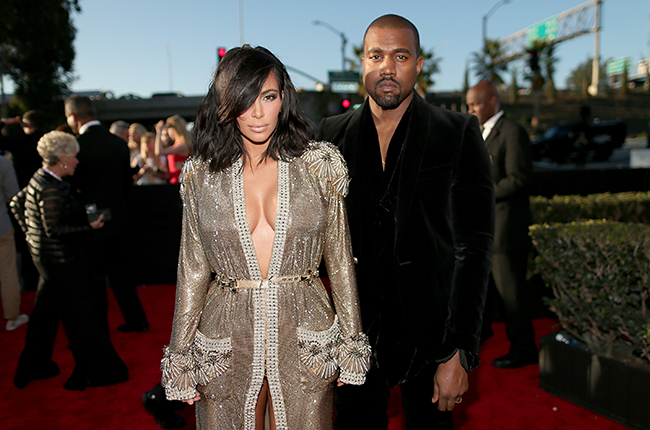Kim Kardashian App Emojis: A Digital Cultural Phenomenon
There’s no denying that Kim Kardashian is a cultural icon. From her reality TV show to her fashion empire, she has carved a place for herself in the entertainment industry. But perhaps one of her most unexpected contributions to popular culture is the Kim Kardashian App Emojis, better known as “Kimojis.”
When the Kimoji app was first released in 2015, it caused a frenzy among Kardashian fans and social media enthusiasts alike. The app featured a collection of emojis and stickers that reflected Kim’s signature style, expressions, and iconic moments. From her famous crying face to her curvaceous figure, these digital symbols became an instant sensation.
The Rise of the Kimoji
Why did the Kimojis become such a sensation? One reason is undoubtedly Kim Kardashian’s massive following. With millions of fans on various social media platforms, her every move is watched and admired. The Kimoji app provided a unique way for her fans to connect with her on a more personal level.
Furthermore, the Kimojis tapped into the growing trend of using emojis as a form of communication. Emojis have become a universal language that transcends linguistic barriers. They allow us to express emotions, reactions, and even complex ideas in a concise and visually appealing manner. Kim Kardashian recognized the power of this digital language and leveraged it to create a successful product.
From Digital Symbols to Cultural Signifiers
The impact of the Kim Kardashian app emojis goes beyond their functionality. They have become cultural signifiers, representing a specific era in the digital age. Just like the iconic smiley face of the ’70s or the peace sign of the ’60s, the Kimojis will forever be associated with the Kardashian brand and the phenomenon surrounding it.
Moreover, the Kimojis have sparked a wave of similar celebrity emoji apps. Following Kim Kardashian’s success, other celebrities have jumped on the bandwagon, releasing their own emoji collections. From Justin Bieber to Ariana Grande, these apps have become a lucrative business and a way for celebrities to further monetize their personal brand.
Controversy and Criticism
Of course, with such popularity comes controversy and criticism. Some argue that the Kimojis trivialize communication by reducing complex emotions and ideas into simplified symbols. They claim that relying on emojis limits our ability to express ourselves fully and hampers meaningful conversations.
Additionally, critics have accused the Kimojis of promoting unrealistic beauty standards and objectifying women. The app predominantly features Kim Kardashian’s image, emphasizing her curvaceous figure and flawless appearance. This has led to debates about the impact of these digital symbols on body image and self-esteem.
The Future of Emoji Culture
Love them or hate them, it’s undeniable that emojis have become an integral part of our digital culture. They have evolved from simple smiley faces to a vast collection of symbols that reflect our diverse emotions and experiences. The Kim Kardashian app emojis, in particular, have left an indelible mark on this cultural phenomenon.
As technology continues to advance, we can expect emojis to become more sophisticated and inclusive. With the rise of augmented reality and virtual reality, emojis might soon transcend the digital realm and become a part of our physical reality. Who knows, we might even see Kim Kardashian’s iconic crying face as a physical statue or hologram one day!
In Conclusion
The Kim Kardashian app emojis, or Kimojis, have undoubtedly had a significant impact on our digital culture. They have transformed from mere digital symbols to cultural signifiers, representing a specific era in popular culture. Love them or hate them, the Kimojis have sparked a global phenomenon that will forever be associated with the Kardashian brand. Whether you’re a fan of Kim Kardashian or not, there’s no denying the influence she has had on our digital communication and the way we express ourselves in the digital age.






